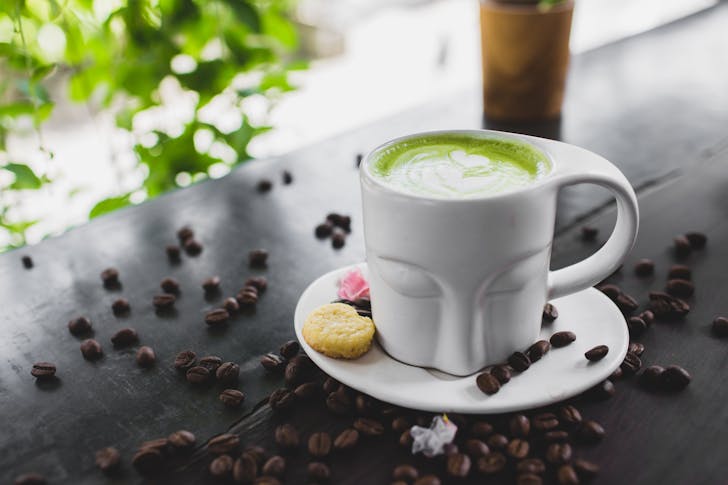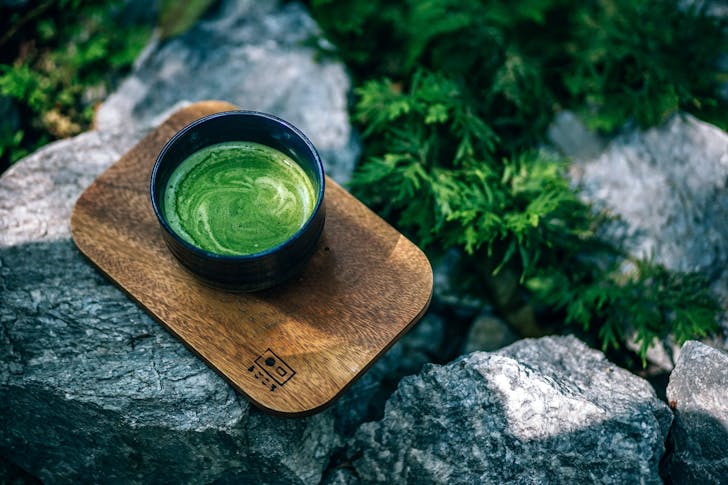Matcha is everywhere right now. You see it whipped into creamy lattes, swirled through ice cream, dusted on doughnuts, and even mixed into face masks. TikTok’s #matchatok has racked up millions of views, fueling demand from cafes, influencers, and health junkies across the globe.
But here’s the problem. As the world gets obsessed with matcha, supplies are crashing. Fields in Japan can’t keep up, and it is hitting shelves hard.
The Japanese drink’s rise to fame wasn’t quiet. Thanks to TikTok and Instagram, it has become the star of morning routines and smoothie bowls.
@f_dez7 Matcha goodness. #japan #kyoto #matcha #matchalatte #gokago ♬ How`s Your Day – aAp Vision
People don’t just drink it, they film it, post it, and tag it. That green swirl has turned into a status symbol of “clean living.” Everyone wants a sip, and they want it now.
Tourists Are Buying It All Up in Japan
Japan reopened to the world in full force after the pandemic. In 2024, nearly 37 million tourists visited the country. Many of them headed straight to Kyoto, matcha’s traditional heartland. Shops that once served locals now face endless lines of tourists hunting for souvenirs.
The result? Local shelves are empty. Some stores in Kyoto now limit customers to just one tin of matcha each. Demand is so high, small producers can’t keep up. Even the farmers are shocked.

Roman / Pexels / According to reports, America now buys 78% of all of Japan’s exported matcha. Between wellness trends and booming café culture, matcha has jumped from niche to mainstream.
However, growing matcha isn’t easy. It comes from tencha leaves, which are shade-grown and hand-picked with care. But in 2025, Kyoto saw brutal weather. Hot, dry conditions wrecked the harvest. Hand-picked tencha dropped 40% compared to the previous year.
Across Japan, tencha yields fell 11% overall. That is despite ten years of steady growth in production. Farmers are losing crops to extreme weather, and it does not look like a one-time problem. The climate is changing faster than they can adapt.
Farmers Are Aging, and Workers Are Scarce
Another big issue is that Japan’s farming population is shrinking. Many tea farmers are aging, and younger generations don’t want the job. Matcha farming is hard work. It is slow, careful, and requires a deep understanding of the craft.
In addition, there aren’t enough workers to handle the harvest season. Labor shortages mean even healthy crops can’t be picked in time, making high-grade, hand-picked matcha even rarer and more expensive.

Nipan / Pexels / Some stores in Kyoto now limit customers to just one tin of matcha each.
The cost of matcha is rising fast. In 2025, auction prices for Uji tencha, the premium stuff, doubled. Some ceremonial-grade matcha now sells for up to $100 an ounce. That is more than silver! Part of the problem? U.S. tariffs. A 15% import tax on Japanese goods makes everything pricier. Add shipping, packaging, and markups, and you have a luxury item that used to be a daily habit. Some cafes are already swapping it out for cheaper alternatives.
Farmers are trying to fix the problem. Many are switching from sencha (another kind of green tea) to tencha so that they can make more matcha. But this takes time. It also reduces the overall variety of Japanese teas, which isn’t ideal for tea lovers.
Advocates in Japan are also asking people to be smarter about how they use matcha. Instead of cooking with the expensive ceremonial-grade powder, they suggest using culinary-grade matcha for baking or smoothies. Save the top-shelf stuff for actual tea ceremonies.





